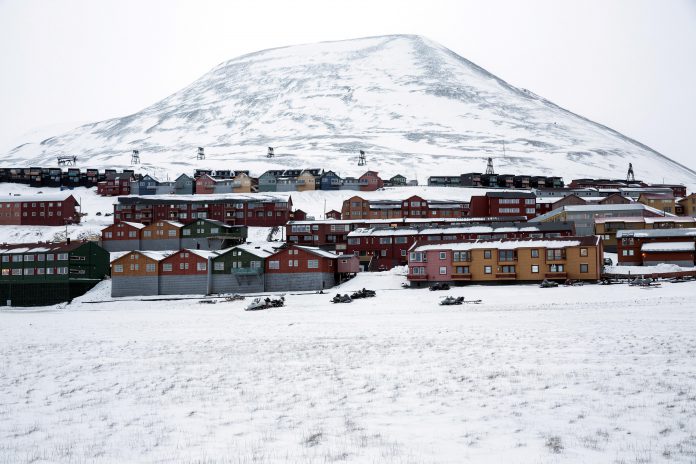OSLO (Reuters) – Icy Arctic islands north of Norway are warming faster than almost anywhere that is known and more avalanches, rain and mud may cause “devastating” changes by 2100, a Norwegian report said on Monday.

The thaw relating to the remote Svalbard islands, where you can 2,300 people where the main village of Longyearbyen is 1,300 kms (800 miles) in the North Pole, highlights risks in other regions of the Arctic from Alaska to Siberia.
Average temperatures on Svalbard have leapt between three and five degrees Celsius (5.4-9.0 Fahrenheit) given that the early 1970s and might rise by way of total of 10C (18F) by 2100 if world greenhouse gas emissions keep climbing, the case study said.
Almost 200 governments promised during the 2019 Paris climate agreement to limit a rise in average global temperatures to “well below” 2C (3.6F) above pre-industrial times by 2100. Worldwide, temperatures are up about 1C (1.8F).
On Svalbard, the envisaged improvement in temperatures would thaw the frozen ground underpinning many buildings, roads and airports, cause more avalanches, “slushflows” and landslides, melt glaciers and threaten wildlife along the lines of polar bears and seals that rely on sea ice to hunt.
“A 10 degree warming, using the implications for Arctic nature, ice-dependent species, will probably be devastating,” Climate and Environment Minister Ola Elvestuen told Reuters.
Norway have to increase investment to relocate buildings from avalanche paths and drill deeper infrastructure foundations as permafrost thaws, the report said.
Two people died in 2019 when an avalanche destroyed 10 houses in Longyearbyen.
Many rest of the Arctic, especially its islands, can be warming far quicker compared to the world average for the reason that retreat of snow and sea ice exposes darker water and ground that soaks up ever more on the sun’s heat.
Temperatures on Svalbard would stay around current levels not until governments make unprecedented cuts in global emissions, the report said.
NOT ENOUGH
“We’re not doing enough” to limit greenhouse gas emissions, Elvestuen said of presidency actions. “We do more … Using oil and gas is required to go down.” Norway is western Europe’s biggest coal and oil exporter.
Inger Hanssen-Bauer, head belonging to the Norwegian Center for Climate Services, which produced the report, said the findings were an alert for the rest of the Arctic.
“The main message is that often these changes are happening so quick,” she told Reuters.
Ketil Isaksen, a lead author around the Norwegian Meteorological Institute, urged researchers to pay for more appreciation of landslides as the permafrost melts. “There happens to be a lot of deal with snow avalanches, but landslides in summer really should be taken more into mind,” he said.
















